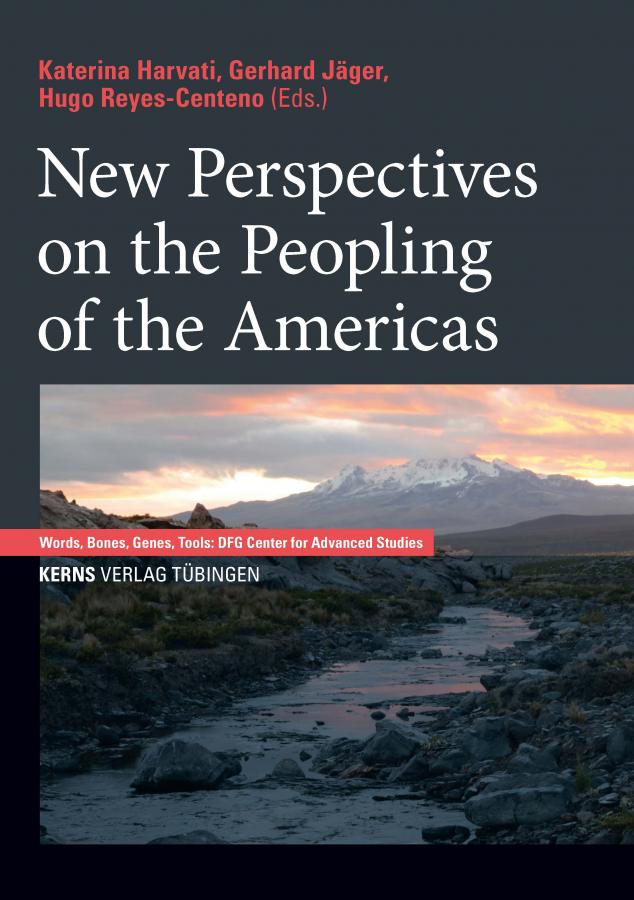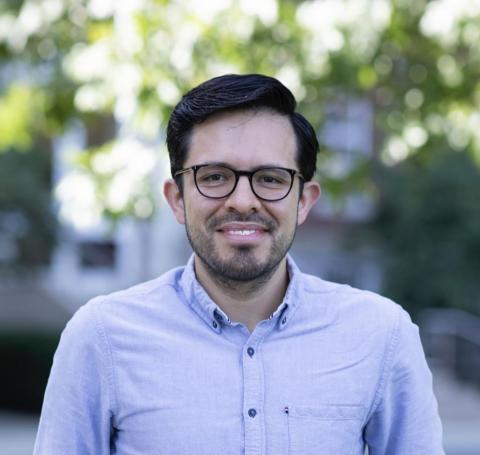2025 Keppeler J, Rodriguez M, Koontz S, Wise A, Mink P, Crothers G, Murphy P, Robertson J, Reyes-Centeno H, and Uhl A.Remote sensing of American Revolutionary War fortification at Butts Hill (Portsmouth, Rhode Island). Heritage 8(10), 430 doi:10.3390/heritage8100430
2025 Adel MM, Hunt KJ, Lau D, Hartsfield JK, Reyes-Centeno H, Beeman CS, Elshebiny T, and Sharab L. Precision assessment of facial asymmetry using 3D imaging and artificial intelligence. Journal of Clinical Medicine 14(20), 7172. doi:10.3390/jcm14207172
2023 Napora KG, Crothers GM, Hadden CS, Guerre L, Waldman LJ, Reyes-Centeno H, Keppeler J, Imler M, Jakaitis E, Metz A, and Mink PB. Multi-method analysis of a historic wooden trough from Kentucky, USA: a case study in corroborating artifact oral histories with heritage science. Heritage Science 11, 235. doi:10.1186/s40494-023-01075-3
2023 Rathmann H, Perretti S, Porcu V, Hanihara T, Scott GR, Irish JD, Reyes-Centeno H, Ghirotto S, and Harvati K. Inferring human neutral genetic variation from craniodental phenotypes. PNAS Nexus 2(7), pgad217. doi:10.1093/pnasnexus/pgad217
2022 Harvati K and Reyes-Centeno H. Evolution of Homo in the Middle and Late Pleistocene. Journal of Human Evolution 173, 103279. doi:10.1016/j.jhevol.2022.103279
2022 Beaudet A, d'Errico F, Backwell L, Wadley L, Zipfel B, de la Peña P, and Reyes-Centeno H. A reappraisal of the Border Cave 1 cranium (KwaZulu-Natal, South Africa). Quaternary Science Reviews 282, 107452. doi:10.1016/j.quascirev.2022.107452
2021 Arner AM, Grogan KE, Grabowski M, Reyes-Centeno H, and Perry G. Patterns of recent natural selection on genetic loci associated with sexually differentiated human body size and shape phenotypes. PLOS Genetics. doi:10.1371/journal.pgen.1009562
2021 Karakostis FA, Reyes-Centeno H, Franken M, Hotz G, Rademaker K, and Harvati K. Bio-cultural evidence of precise manual activities in an Early Holocene individual of the high-altitude Peruvian Andes. American Journal of Physical Anthropology 174(1):35-48. doi:10.1002/ajpa.24160
2020 Mori T, Profico A, Reyes-Centeno H, and Harvati K. Virtual reconstruction and geometric morphometric analysis of the mid-Pleistocene hominin KNM-OG 45500 (Olorgesailie, Kenya). Journal of Anthropological Sciences 98:49-72. doi:10.4436/jass.98022
2020 Bosman A, Reyes-Centeno H, and Harvati K. A virtual approach to the investigation of the suprainiac depressions on the Eyasi I and ADU-VP-1/3 crania. Journal of Human Evolution 145:102815 doi:10.1016/j.jhevol.2020.102815
2020 Rathmann H and Reyes-Centeno H. Testing the utility of dental morphological trait combinations for inferring human neutral genetic variation. Proceedings of the National Academy of Sciences USA 117(20):10769-10777. doi:10.1073/pnas.1914330117
2019 Urban M, Reyes-Centeno H, Bellamy KR, and Pache MJ. The areal typology of western Middle and South America: Towards a comprehensive view. Linguistics 57(6):1403-1463 doi:10.1515/ling-2019-0032
2018 Posth C, Nakatsuka N, Lazaridis I, Skoglund P, Mallick S, Lamnidis TC, Rohland N, Nägele K, Adamski N, Bertolini E, Broomandkhoshbacht N, Cooper A, Culleton BJ, Ferraz T, Ferry M, Furtwängler A, Haak W, Harkins K, Harper TK, Hünemeier T, Lawson AM, Llamas B, Michel M, Nelson E, Oppenheimer J, Patterson N, Schiffels S, Sedig J, Stewardson K, Talamo S, Wang C-C, Hublin J-J, Hubbe M, Harvati K, Nuevo Delaunay A, Beier J, Francken M, Kaulicke P, Reyes-Centeno H, Rademaker K, Trask WR, Robinson M, Gutierrez SM, Prufer KM, Salazar-García DC, Chim EN, Müller Plumm Gomes L, Alves ML, Liryo A, Inglez M, Oliveira RE, Bernardo DV, Barioni A, Wesolowski V, Scheifler NA, Rivera MA, Plens CR, Messineo PG, Figuti L, Corach D, Scabuzzo C, Eggers S, DeBlasis P, Reindel M, Méndez C, Politis G, Tomasto-Cagigao E, Kennett DJ, Strauss A, Fehren-Schmitz L, Krause J, and Reich D. Reconstructing the Deep Population History of Central and South America. Cell 175(5):1185-1197. doi:10.1016/j.cell.2018.10.027
2017 Rathmann H, Reyes-Centeno H, Ghirotto S, Creanza N, Hanihara T, and Harvati K. Reconstructing human population history from dental phenotypes. Scientific Reports 7(1):12495. doi:10.1038/s41598-017-12621-y*
2017 Reyes-Centeno H, Rathmann H, Hanihara T, and Harvati K. Testing modern human out-of-Africa dispersal models using dental non-metric data. Current Anthropology 58(S17):S406-417. doi:10.1086/694423
2017 Reyes-Centeno H, Ghirotto S., and Harvati K. Genomic validation of the differential preservation of population history in modern human cranial anatomy. American Journal of Physical Anthropology 162(1):170-179. doi:10.1002/ajpa.23060**
2016 Reyes-Centeno H, Harvati K, Jäger G. Tracking modern human population history from linguistic and cranial phenotype. Scientific Reports 6:36645. doi:10.1038/srep36645
2016 Uhl A, Reyes-Centeno H, Grigorescu D, Kranioti EF, and Harvati K. Inner ear morphology of the Cioclovina early modern European calvaria from Romania. American Journal of Physical Anthropology 160(1):62-70. doi:10.1002/ajpa.22938
2016 Reyes-Centeno H. Out of Africa and into Asia: Fossil and genetic evidence on modern human origins and dispersals. Quaternary International 416:249-262. doi:10.1016/j.quaint.2015.11.063
2015 Reyes-Centeno H, Hubbe M, Hanihara T, Stringer C, Harvati K. Testing modern human out-of-Africa dispersal models and implications for modern human origins. Journal of Human Evolution 87, 95-106. doi:10.1016/j.jhevol.2015.06.008
2014 Reyes-Centeno H, Ghirotto S, Détroit F, Grimaud-Hervé D, Barbujani G, and Harvati K. Genomic and cranial phenotype data support multiple modern human dispersals from Africa and a southern route into Asia. Proceedings of the National Academy of Sciences USA 111(20):7248-7253. doi:10.1073/pnas.1323666111***
*article within top 100 read papers in 2017
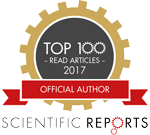
**journal cover feature
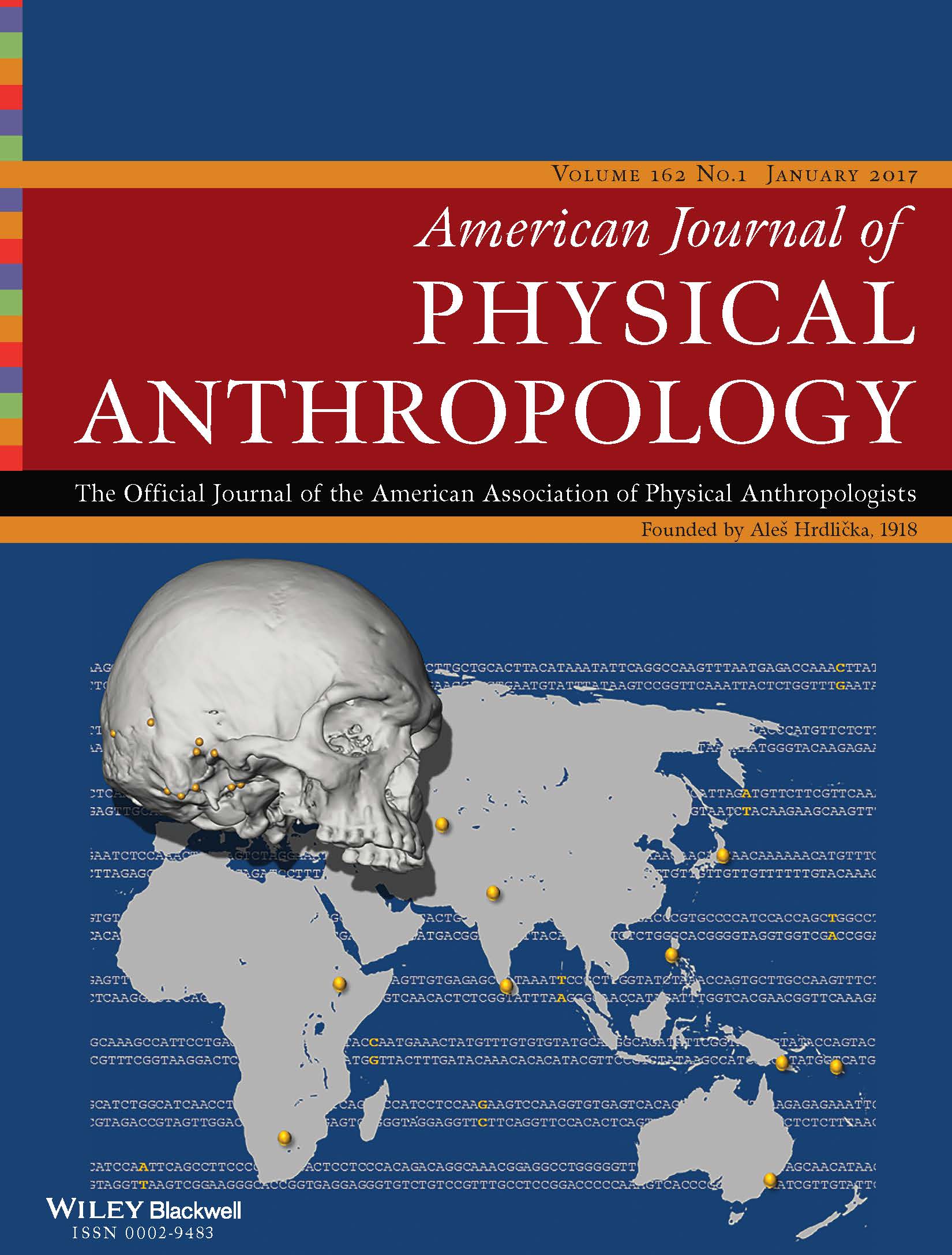
***journal cover feature and commentary
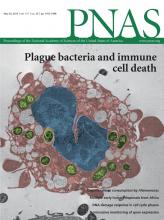
Books
2021 Reyes-Centeno H and Harvati K (Editors). Ancient Connections in Eurasia. Tübingen: Kerns Verlag.
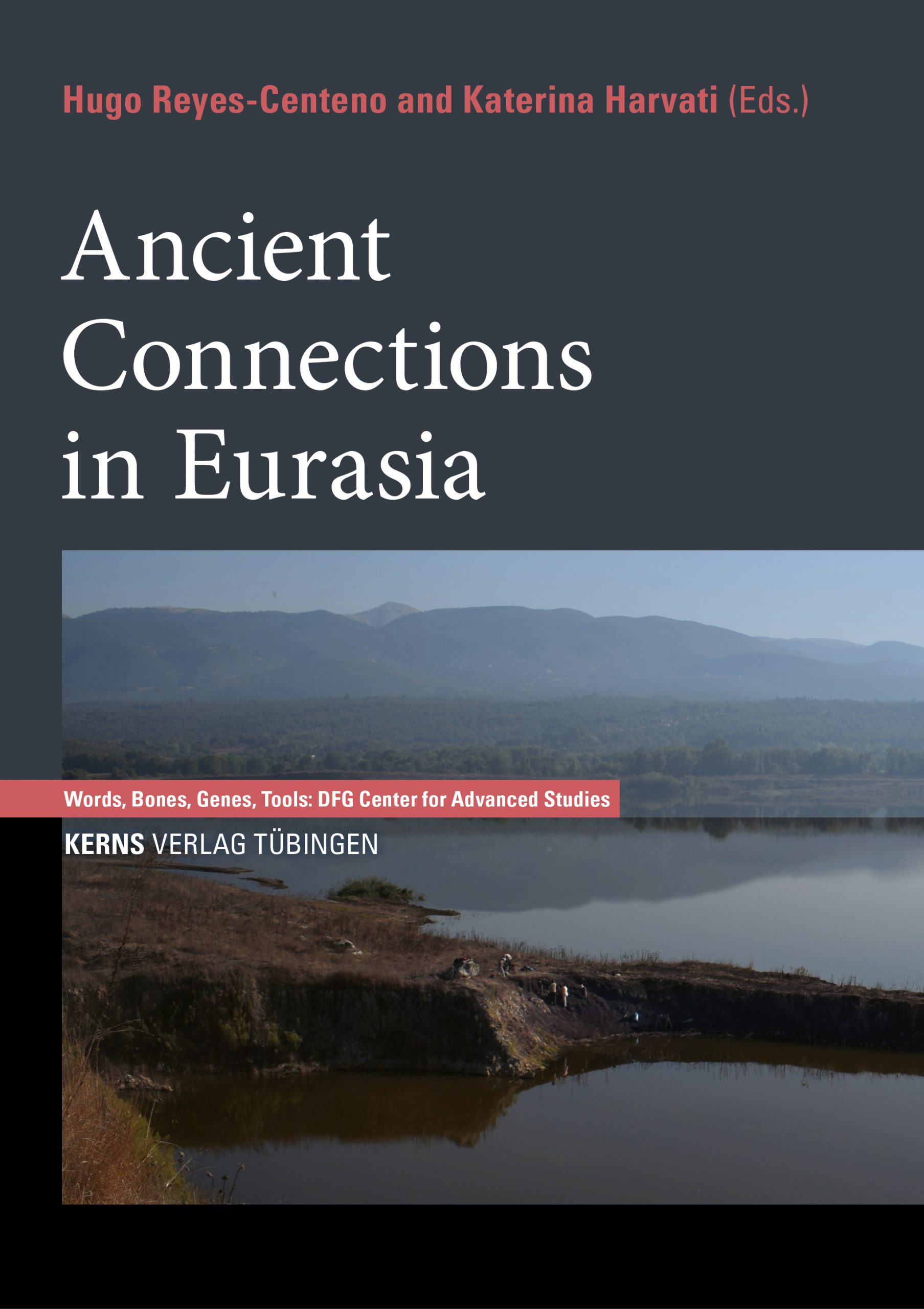
2019 Sahle Y, Reyes-Centeno H, and Bentz C (Editors). Modern Human Origins and Dispersal. Tübingen: Kerns Verlag.
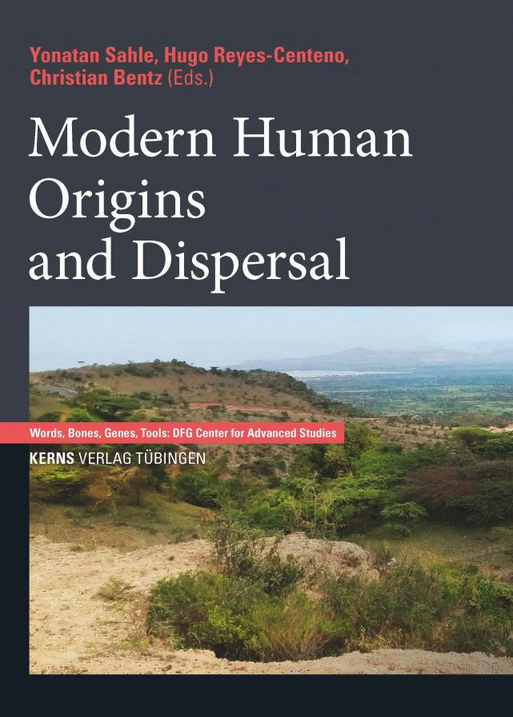
2018 Harvati K, Jäger G, and Reyes-Centeno H (Editors). New Perspectives on the Peopling of the Americas. Tübingen: Kerns Verlag.
